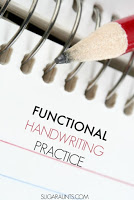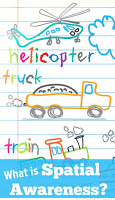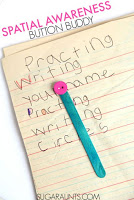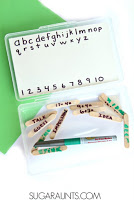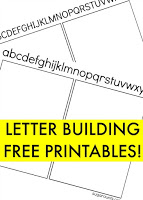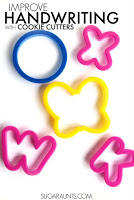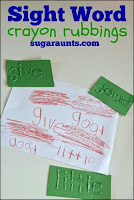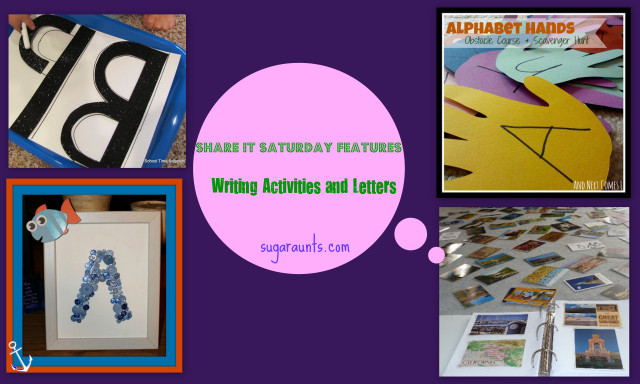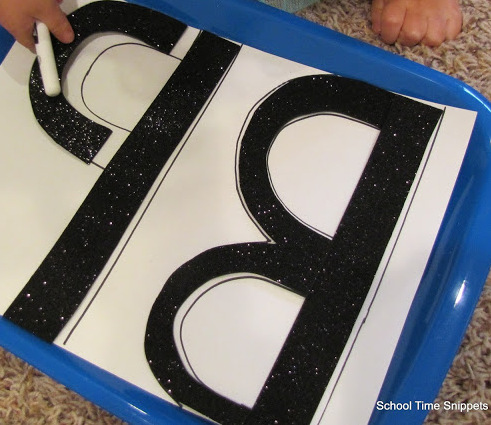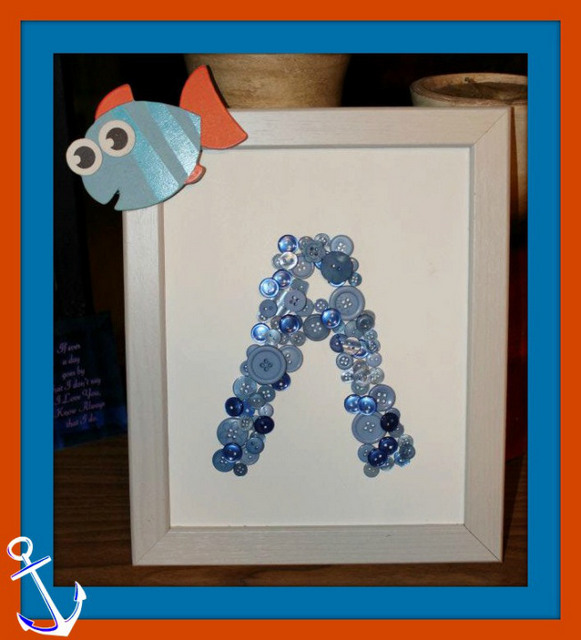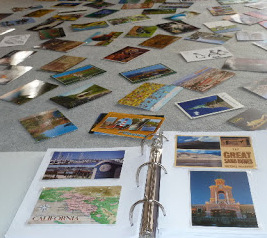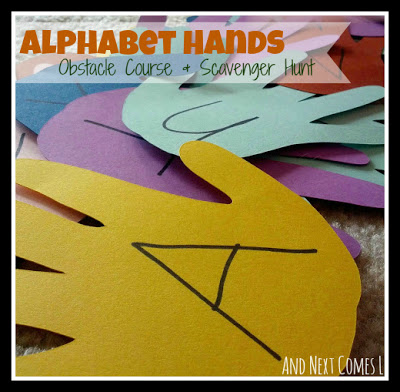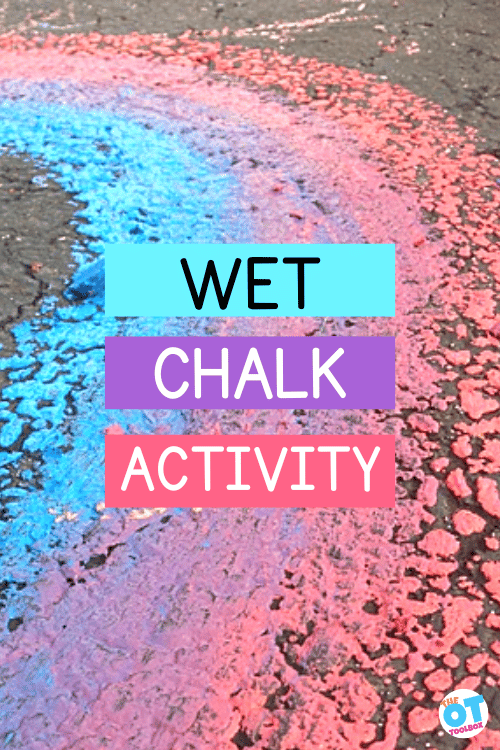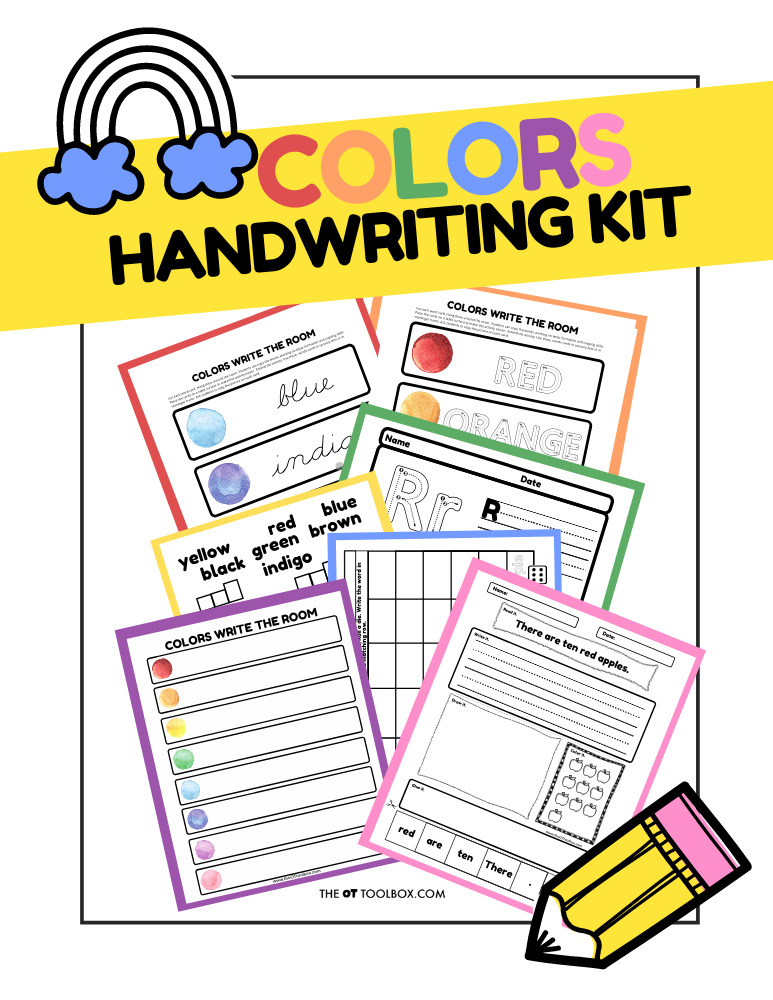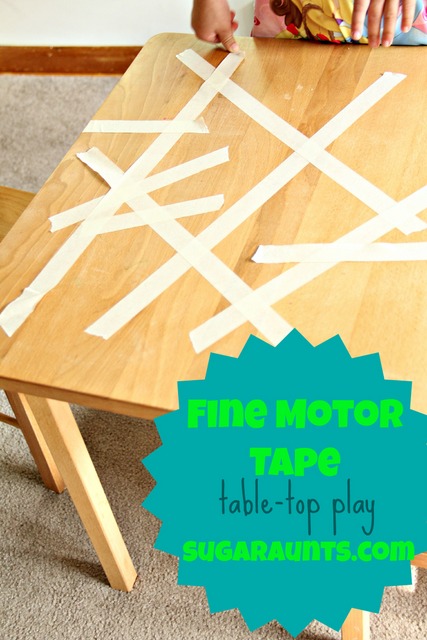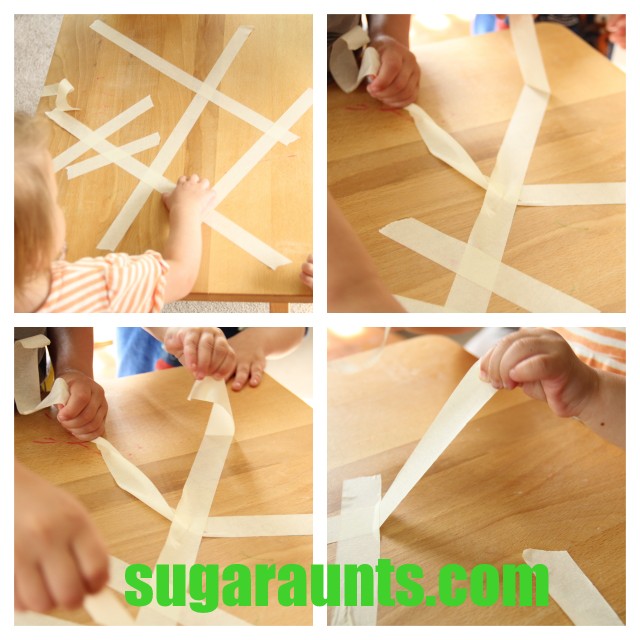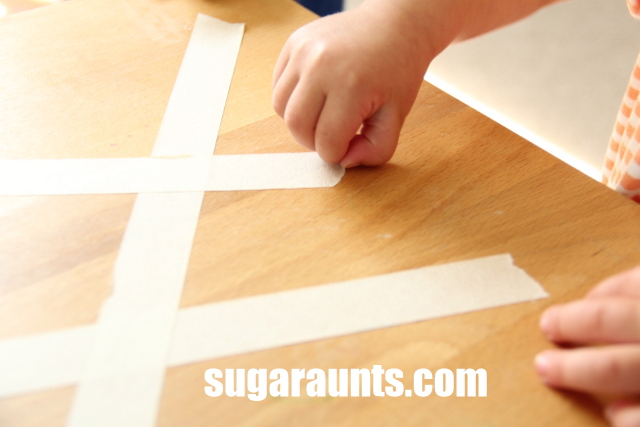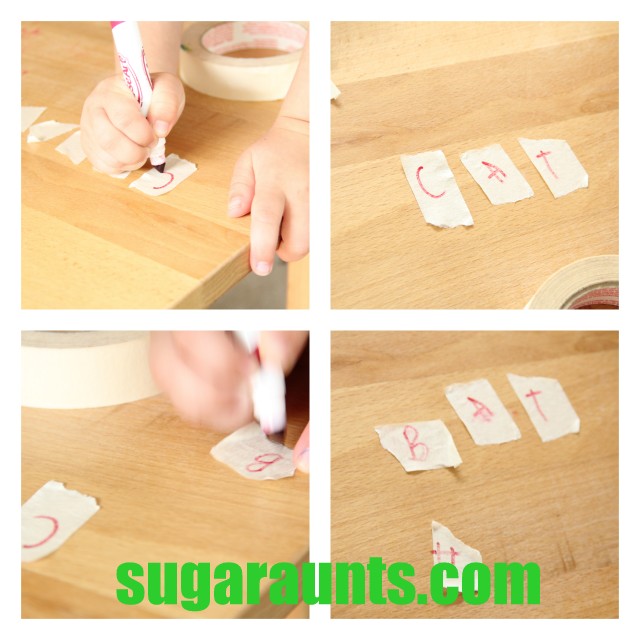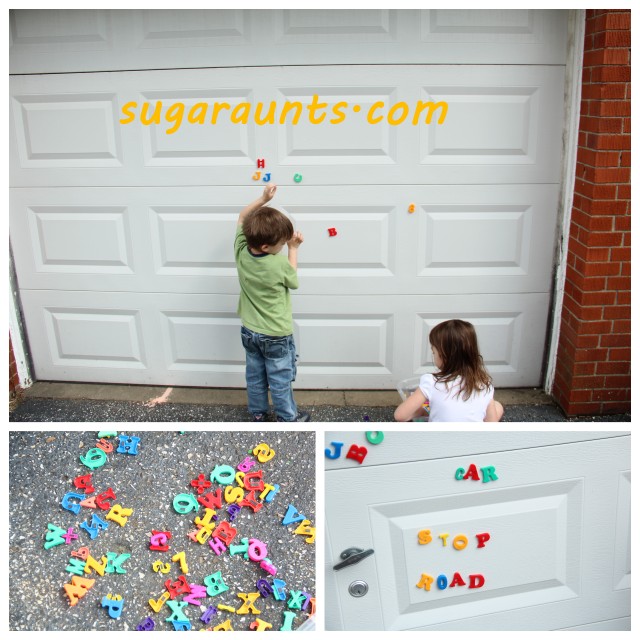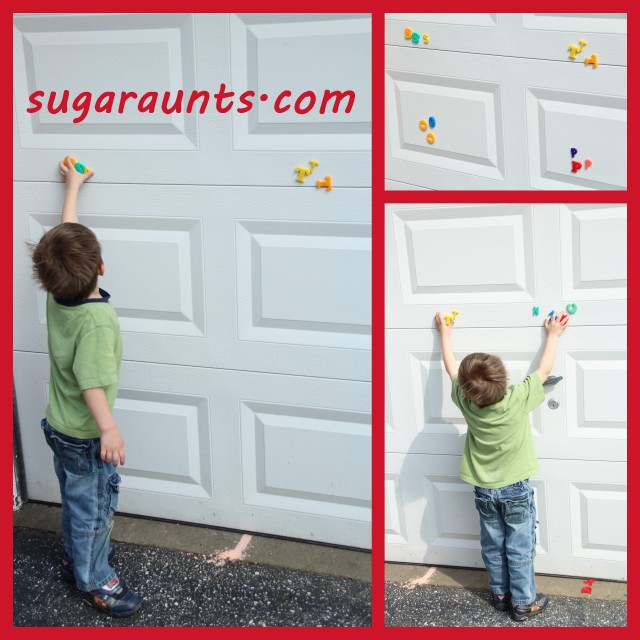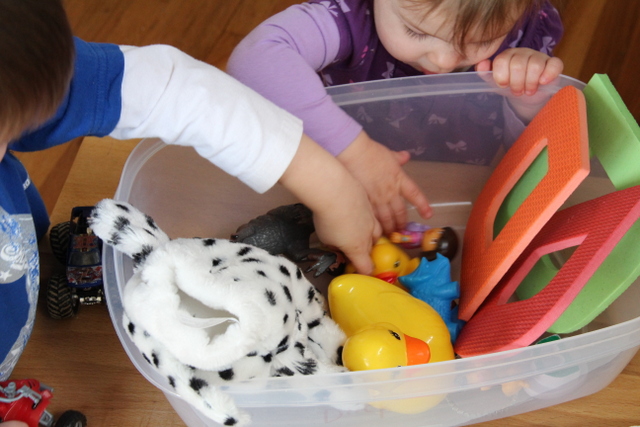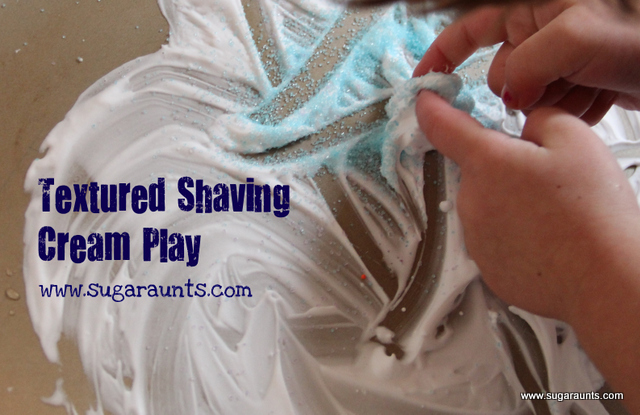We have a bin of magnetic letters that we’ve been playing with for years. Packs of these magnetic alphabets are everywhere; You can find them at the dollar store and so many other stores. I have pulled this bin out so many times for play. Each child has loved to sort, dump the bin out, place all over the fridge, and more. The big kids are spelling their name and words. We’ve used these letters in all kinds of sensory bins…even molded into Jello for messy sensory play!
Last week, we took the bin of letters outside and found the BIGGEST magnetic board EVER!
Big Sister is learning to spell and read some words and found the letters for a few words she knows. Little Guy is a big fan of spelling “stop” at every stop sign we come to on the road. So, he found the letters to that word.
((He also has the recent …funny…habit of spelling “YES” or “NO” instead of saying the actual word when you ask him a yes/no question.)) SO funny, and SO him!
Movement and Learning in Letter Identification and Spelling
There is a lot of research out there showing that incorporating movement into learning helps with so many aspects of cognition. Kathryn at
Movement and Learning shares a great collection of research.
We played a little game to sort out the letters to a word that both of them knew really well. I wanted to encourage self-confidence by starting with a word they know. I put one of each of the letters of “stop” in different areas of the garage. Little Guy (who is learning
letter identification) looked in the pile of letters on the ground and found an “S” and put it with the rest of the “S’s”. Then he found a “T” and put it with the rest of the “T’s”. He found each of the letters in order and went through the word “stop” three times.
Big Sister is learning to read beginner words. I wrote some “-ar” words on the driveway in chalk (car, jar, far, star) and she would walk from the word to copy the words in magnets on the garage.
Cross Lateral Movement and Learning
I had them try another game to put the letters back into the bin. I asked them to put the letters away one by one, using alternating hands to reach across their midline to grab the letter.
What is the midline?? Imagine a line going down the middle of your body from the middle of your forehead, and strait down, dividing your body into two symmetrical halves. Your right and left sides are divided by your midline.
The right side of the brain controls the left side of the body and the left side of the brain controls the right side of the body. Crossing midline forces the two halves of the brain to work together.
It was a little difficult to get them to reach for letters with their non-dominant hand. It required more verbal cues, physical prompts, and visual cues. Why was this so tricky? Because the brain was being asked to do something novel. Both Big Sister and Little Guy needed the extra prompts and cues to reach across their midline, all the while recalling the letter in order to spell the word.
Pretty Cool!
So, is crossing midline difficult for your child? Try these play activities:
Crawling in a tunnel, finger painting with both hands, digging in sand to find objects, Pat-a-Cake hand and rhythm games, Simon Says games, playing with ribbon wands or scarves.










